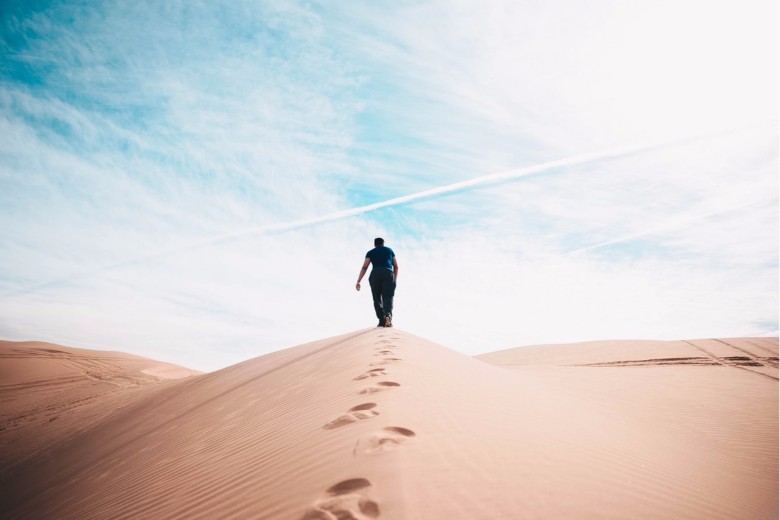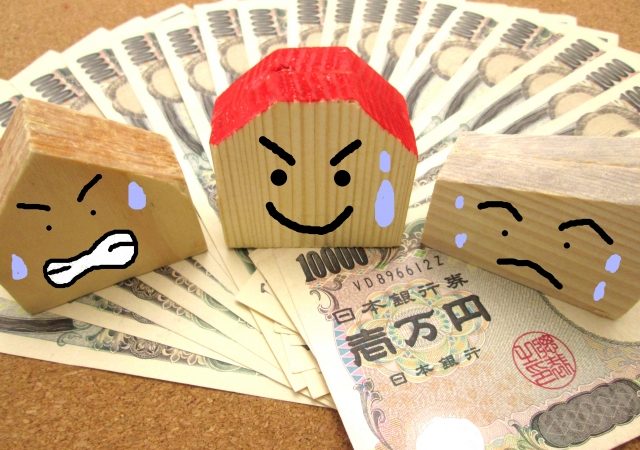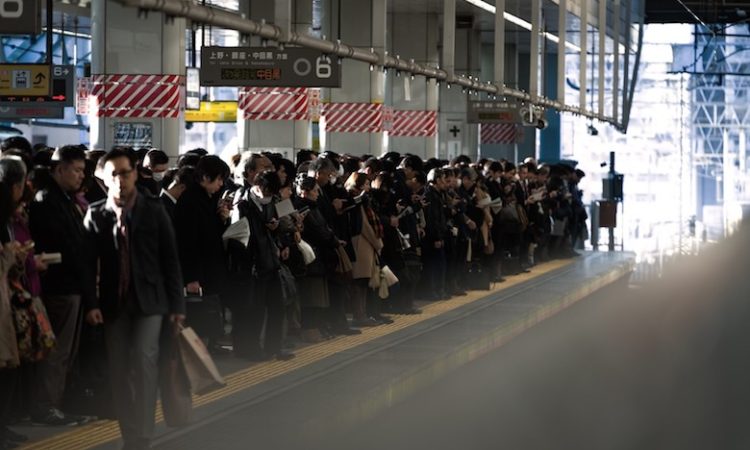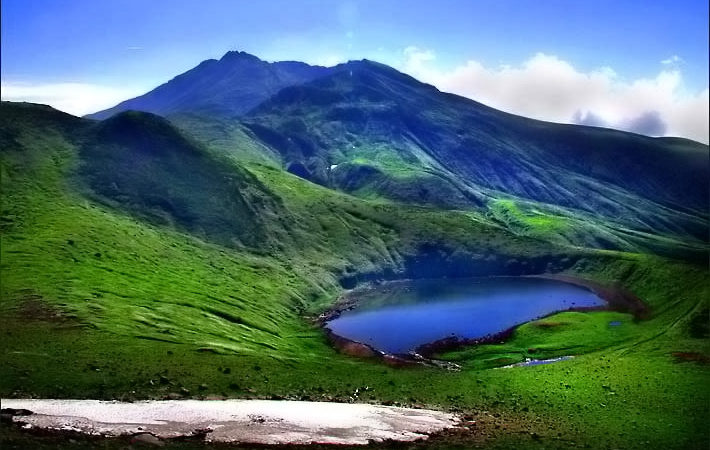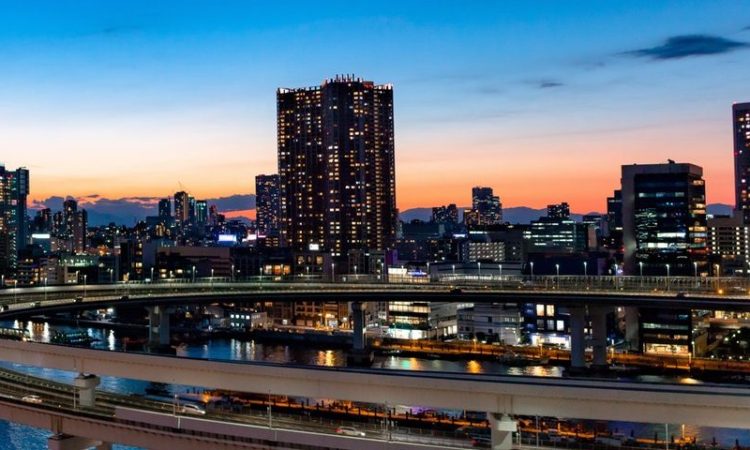The summer season in Japan is hard to endure. For those who might not have experienced summer in Japan before, Japanese summers usually last from roughly the end of May to about the end of September. While May tends to be pleasantly sunny and warm, the rest of the summer is different. As most of Japan is located in the tropical to northern temperate climate zone, the weather is much hotter and more humid than most visitors to the area would expect. Before making the journey to Japan, especially in the summer, it is essential for you to prepare for weather that you might not have encountered before. Severe medical conditions, such as heat stroke, may arise if you are not prepared, and no one wants to visit the hospital on vacation or during their first summer living in Japan.

What Is Heat Stroke?
Heat stroke occurs when the temperature of the body rises sharply. This may happen because of excessively high outside temperatures, physical exertion, extensive burns and severe sunburn, or because of an undiagnosed medical condition. Heat stroke is a serious condition, which occurs when the body produces or absorbs more heat than it can dissipate. The heat can affect anyone, but some people are at greater risk of serious harm. These include the elderly, babies and young children, and people who are physically active. Certain medications can also make you more susceptible to heat exhaustion.
When Do People Usually Get Heat Stroke in Japan?
In Japan, people usually get heat stroke after exertion, such as sports, at the beach, parks, or places where people gather during the hot summer season. Many incidents happen when people do not drink sufficient water before participating in activities. In Japan, there is a significant number of individuals who die because of heat stroke. According to this helpful page on heat stroke by NHK, more than 50,000 people in Japan are hospitalized due to heat stroke every year, and hundreds die due to the heat. Therefore, it is critical for you to take care of yourself and not get heat stroke. So how exactly can you prevent heat stroke?
How Should You Prevent Heat Stroke?
Here are some essential measures you can take to prevent heat stroke.
Frequent Intake of Water, Minerals and Salt
In Japan, various sports drinks are available at convenience stores and vending machines. Consuming salt, minerals, and water is widely recommended to avoid heat stroke. A water bottle contains only a few minerals, but Japanese sports drinks contain many tasty minerals. Drink these kinds of drinks regularly, as they can prevent you from getting heat stroke.
If you want a non-sweet beverage rather than a sports drink, mugicha (barley tea) is also good for rehydration because you can ensure water and minerals from the tea. Bottled mugicha is available at supermarkets, convenience stores, stores, vending machines, etc., and is slightly cheaper than other tea beverages.
Avoid caffeine and alcohol, which can speed up dehydration.
Oral Rehydration Solution Therapy (OS1 Drink)
Many Japanese people recommend keeping some Oral Rehydration Solution (also known as the (OS1 Drink) at home during the summer months. It contains more salt and minerals than sports drinks, so it is extra effective in rehydration after being outside in the blazing sun. It’s available in jelly and bottled form.
More information here: www.otsuka.co.jp/en/nutraceutical/products/os-1/.
Know When to Rest
Don’t overexert yourself. Know your limit and when to rest. Stay indoors as much as possible, especially on extra-hot days and during the hotter midday hours.
Wear Loose Clothing
Wear loose clothing light in color and fabric, as well as a hat and sunblock.
Keep Cool Inside
When indoors, you should open windows and use fans or turn on air conditioning. If you don’t have air conditioning, go to a public place that does, like a mall, library, or movie theater. Be careful of overcooling your house, though—it’s easy to get cold in summer if you are constantly moving around due to the sweltering heat outside and the freezing air-conditioned spaces indoors. Blasting the AC at night is also a sure way to get sick.
Finally, be a good neighbor: check on the elderly and chronically ill regularly to ensure they’re bearing up under the heat.
What to Do When You See People Who Are Ill
If you suspect someone has heat stroke, immediately call an ambulance or transport the person to a hospital. Heat stroke is definitely not something to underestimate.
While waiting for the paramedics to arrive, move the person to an air-conditioned environment — or at least a cool, shady area — and remove any unnecessary clothing.
You can also try these strategies:
- fan air over the patient while wetting his or her skin with water from a sponge or tap.
- apply ice packs to the patient’s armpits, groin, neck, and back. Because these areas are rich with blood vessels close to the skin, cooling them may reduce body temperature.
- immerse the patient in a shower or tub of cool water.
- if the person is young and healthy and has suffered heat stroke while exercising vigorously (what’s known as exertional heat stroke), you can use an ice bath to help cool the body.
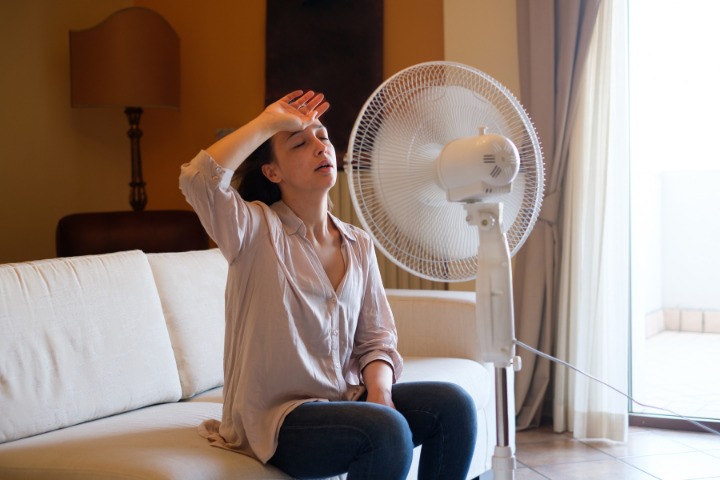
Staying Safe From Heat Stroke
There’s a lot to enjoy during summer in Japan, but be mindful of how you’re feeling, and make sure to care for your body with rest, hydration, and protection from the sun. And be sure to help others, too, who may be overheated and are at risk of suffering from heat stroke.


